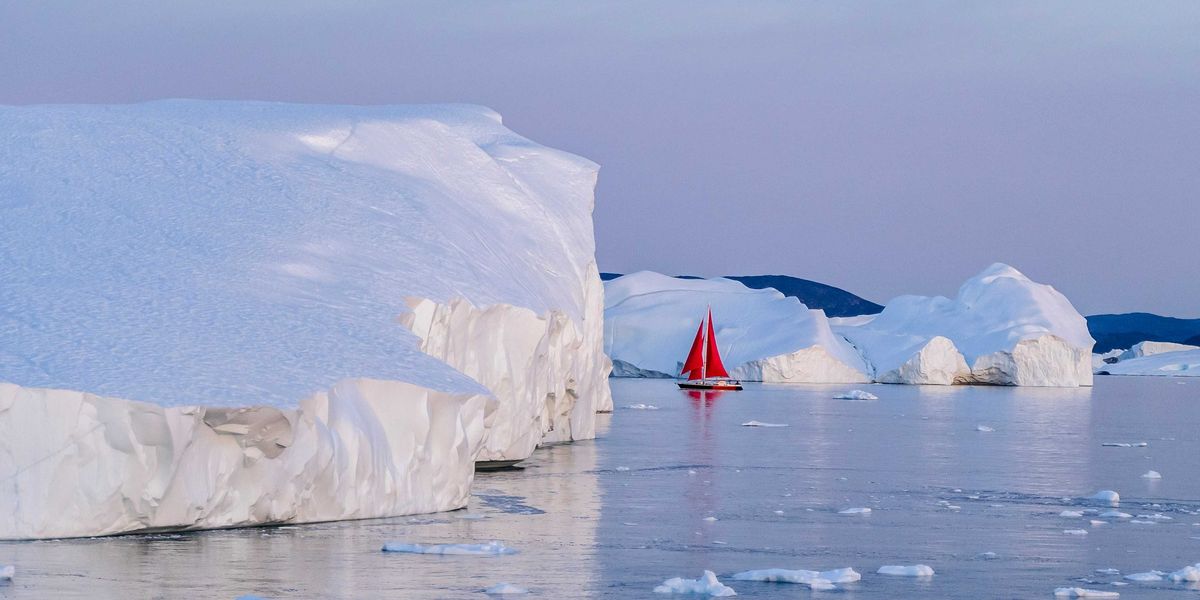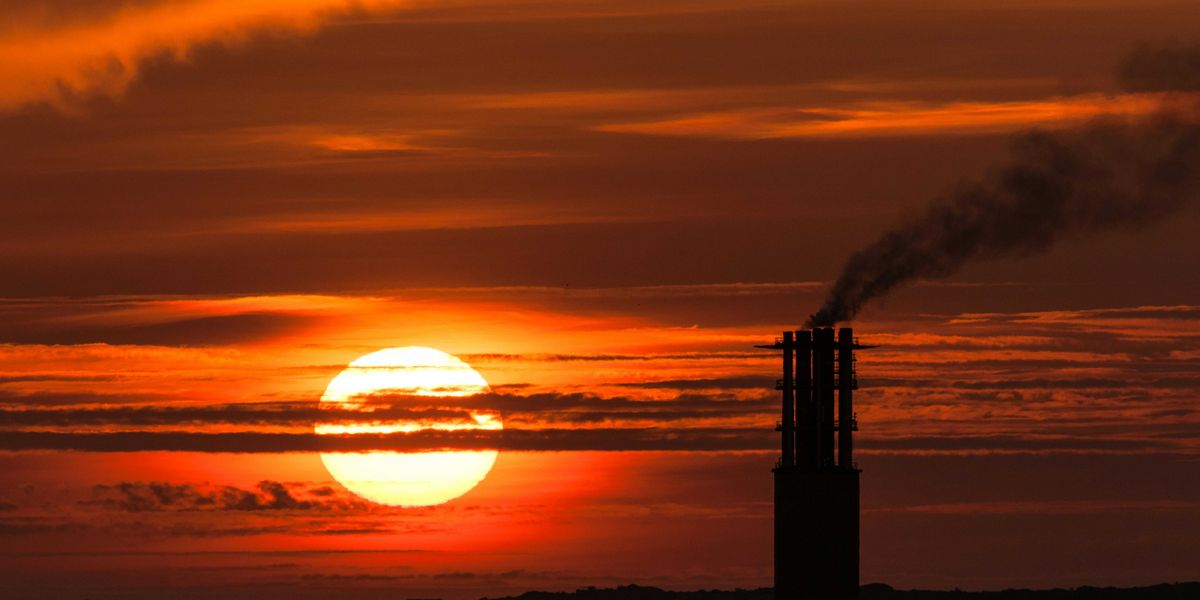Communities of color face steepest climate threats to homeownership
Homeowners of color across the U.S. are at far greater risk from climate-related threats like heat, wind, wildfire and poor air quality, a disparity fueled by historic housing discrimination and economic inequality.
Samantha Latson reports for The New York Times.
In short:
- A Zillow study finds Black, Hispanic, and Asian homeowners are more likely than white homeowners to live in areas at high risk for extreme weather and climate-related hazards.
- In Atlanta, 71% of Black homeowners face major wind risk compared with 39% of white homeowners; in San Jose, 43% of Hispanic homeowners face major wildfire risk versus 33% of white homeowners.
- The disparities are linked to discriminatory redlining and income inequality, which have historically limited the housing options available to people of color.
Key quote:
“The racial wealth gap is likely a driving factor, with home buyers of color generally having fewer options within reach financially.”
— Kara Ng, senior economist at Zillow
Why this matters:
Generations of discriminatory housing policies like redlining pushed families of color into neighborhoods more exposed to environmental hazards, from wildfire-prone foothills to flood-prone lowlands. Now, with rising insurance premiums and limited resources for adaptation or relocation, these families are more likely to bear the full brunt of climate disasters. A storm or heatwave can become not just a moment of crisis, but a financial breaking point, eroding intergenerational wealth and widening health disparities. Exposure to poor air quality and extreme heat can also worsen chronic conditions like asthma or heart disease. Climate injustice is mapped to ZIP codes, shaped by policy, and experienced in daily life by millions of Americans.
Related: Insurance woes increase as climate change impacts profitability













